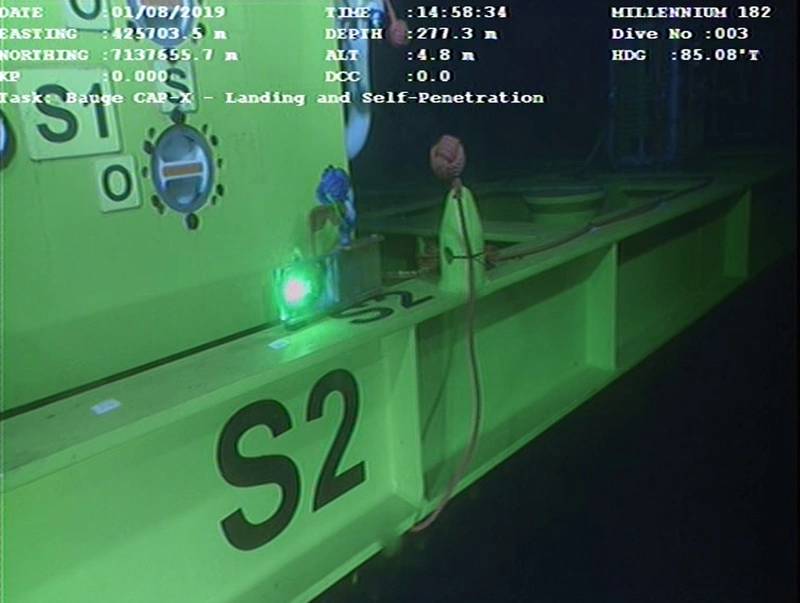Wireless optical modems open up new possibilities for underwater communication
With the increasing asset utilization underwater and significant advances of subsea robotics, the industry’s choice of wireless communication technologies is now also widening. Radio waves do not penetrate water well, which historically limited the communication options to using sound waves. While sound waves can reach far underwater, they can only carry few bytes of information per second. This is great for sending position coordinates across but streaming high volumes of data was out of reach for the industry until recently.

Hydromea, a Swiss-based underwater communication and robotics company, first introduced its wireless optical modem, the LUMA™ 250LP, in 2016. The first modems have been used for research deployments, one of which involved reading data from ocean bottom landers at over 4’000m depth in the South Pacific Ocean. The company has since increased the product range, with the most advanced modem, LUMA™ X, being able to stream data at up to 10Mbit/s within 50m range using a wide 120-degree beam to provide utmost flexibility and connectivity in the dynamic underwater environment.
Hydromea focuses on miniaturization and technology scalability, as well as power efficiency of its modems. This makes the LUMA™ line of wireless optical modems the most compact, most affordable and most power efficient commercial modems on the market. The small size of the modems and its transparent link allow for both - easy retrofitting on legacy systems and high integration flexibility for the designs of new subsea systems.
The use of light to send data has its limitations as well. While LUMA™ devices do not require direct line of sight to work, the light can go only so far in water. Current devices can reach up to 50m range in clear water. Turbidity will naturally affect the range. The lower the visibility, the harder it is for light to travel through. LUMA™ modems have shown exceptional results in murky water deployments, however, being able to establish a solid link well beyond the visibility range.
"LUMA™ modems are increasingly saving time and cost in a number of underwater projects across the world today”, says Igor Martin, the CEO of Hydromea. “In many research missions, the optical modems have been crucial to reduce the risks of missed opportunities to collect data in the first place. An ROV can now link to the data loggers wirelessly and check on the status of sensors and the quality of data, without the need to surface the sensors, which can take hours in deep water deployments.”
“In the commercial sectors, we see a growing number of use cases for our technology: from data readouts off gyro boxes during subsea construction, to interrogations of corrosion protection sensors, to establishing a video link between an AUV and a control tower. The technology has already proven itself to be a critical asset in reducing the risks and time associated with inspection, monitoring and repair activities underwater.”